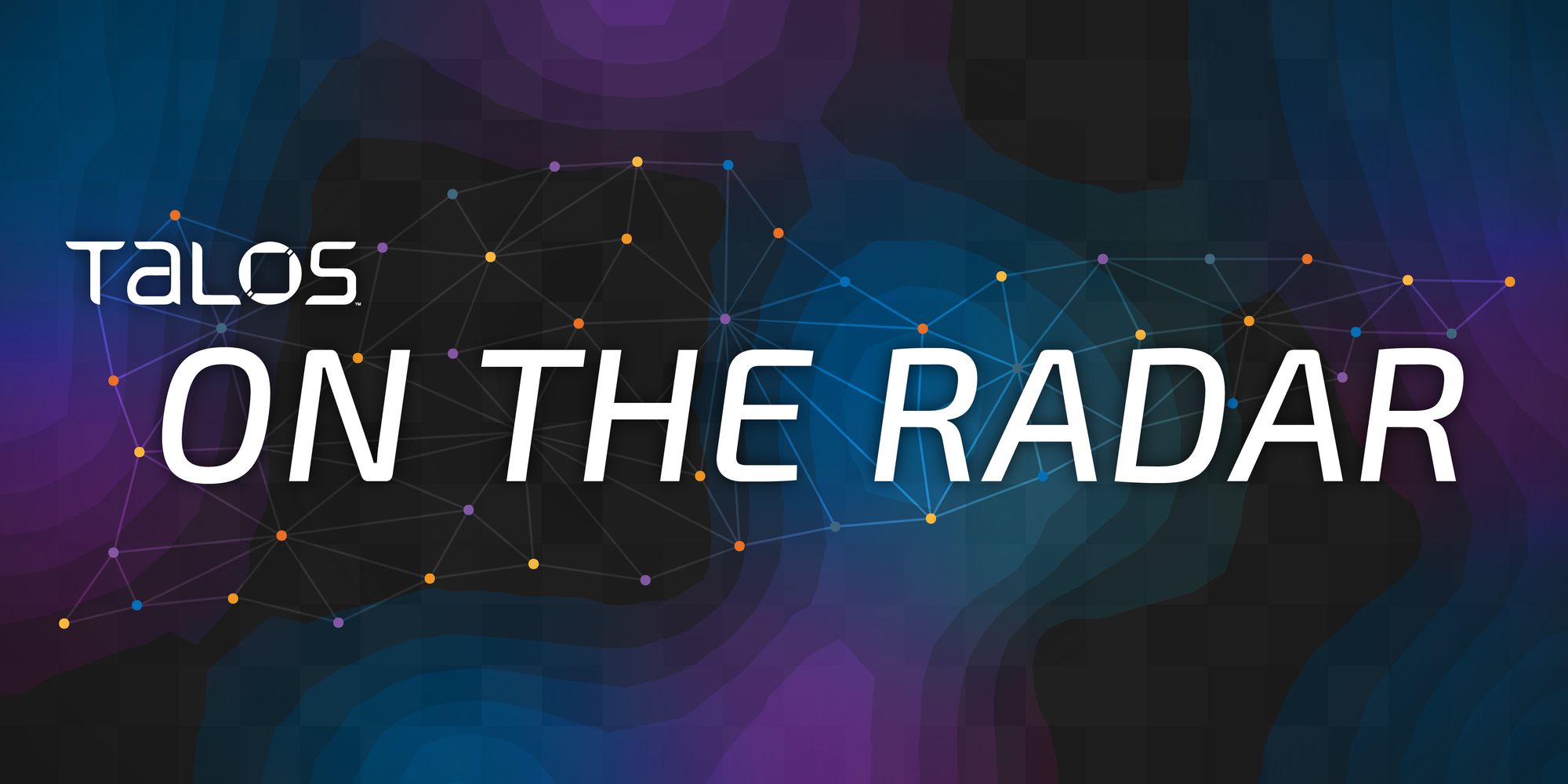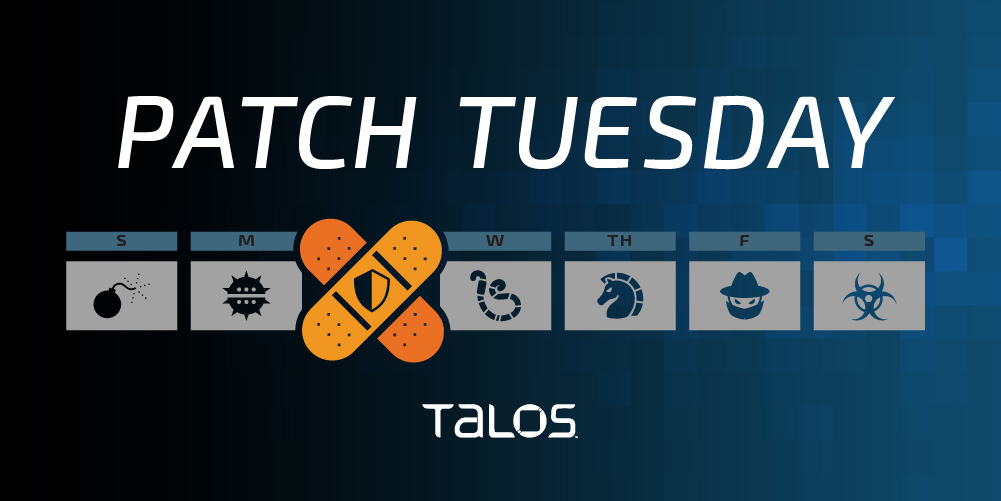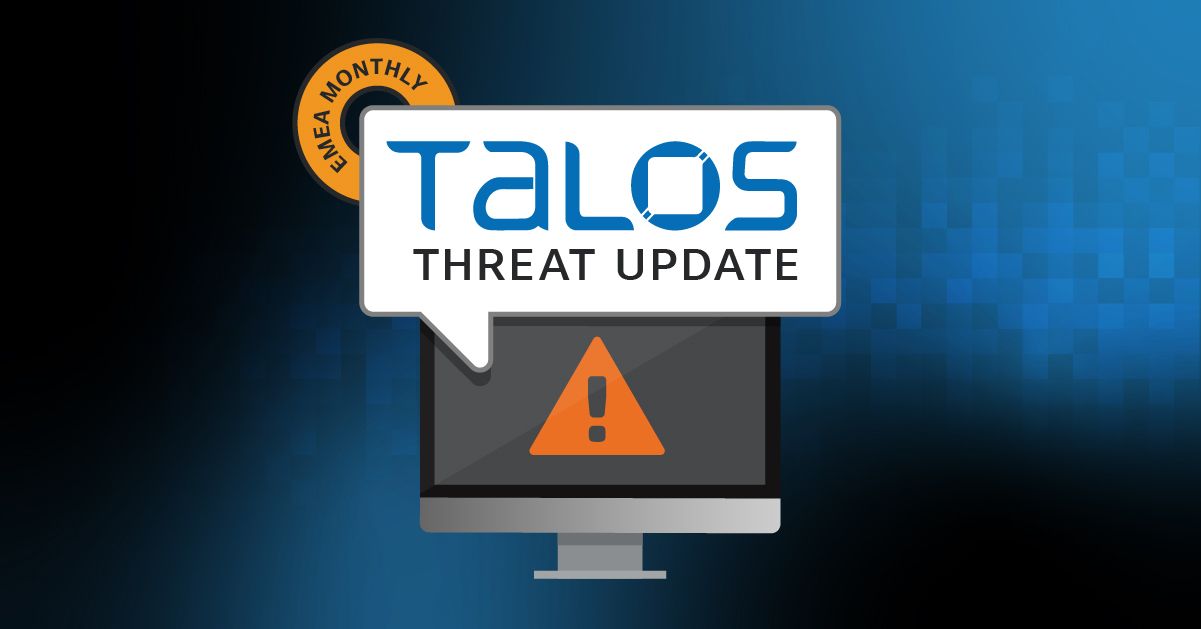Threat Source newsletter (Sept. 22, 2022) — Attackers are already using student loan relief for scams
The Better Business Bureau and the U.S. Federal Trade Commission both released warnings over the past few weeks around fake offers, scams and website links related to the debt forgiveness plan, with which some borrowers will have up to $20,000 worth of loans forgiven.
Vulnerability Spotlight: Vulnerabilities in popular library affect Unix-based devices
TALOS-2022-1517 (CVE-2022-29503 - CVE-2022-29504) is a memory corruption vulnerability in uClibC and uClibc-ng that can occur if a malicious user repeatedly creates threads.
Our current world, health care apps and your personal data
In the wake of the U.S. Supreme Court’s ruling in Dobbs v. Jackson Women’s Health Organization that reversed previous interpretations of the 14th amendment on privacy from Roe v. Wade, users of sensitive health apps need to be mindful of the kinds of data these apps keep, sell and share.
Threat Source newsletter (Sept. 15, 2022) — Teachers have to be IT admins now, too
Public schools in the United States already rely on our teachers for so much — they have to be educators, occasional parental figures, nurses, safety officers, law enforcement and much more.
Microsoft Patch Tuesday for September 2022 — Snort rules and prominent vulnerabilities
September's security update features five critical vulnerabilities, 10 fewer than were included in last month’s Patch Tuesday.
Threat Source newsletter (Sept. 8, 2022) — Why there is no one-stop-shop solution for protecting passwords
Everyone has their own method for storing their passwords, and some of you may even rely on pen and paper.
Talos EMEA Monthly Threat Update: How do you know if cyber insurance is right for you?
On September's edition of the Monthly EMEA Threat Update, Hazel Burton and Martin Lee break down cyber insurance.
Researcher Spotlight: How Asheer Malhotra looks for ‘instant gratification’ in threat hunting
The India native has transitioned from a reverse-engineer hobbyist to a public speaker in just a few years.
Threat Source newsletter (Sept. 1, 2022) — Conversations about an unborn baby's privacy
Is it ethical to post your baby's picture on Instagram, even if your profile is private?








